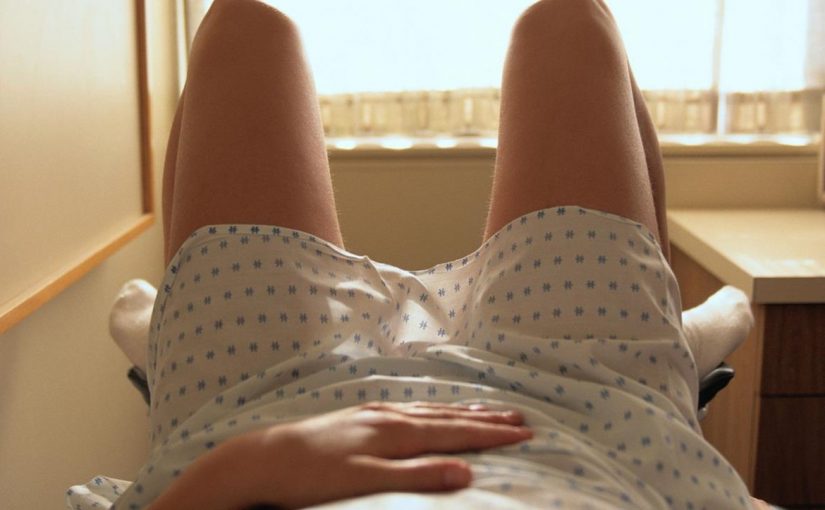Table of Content
The changes to the government’s national cervical screening program came into effect across Australia in December 2017, but what are the changes and what do they mean for patients?
The test
Previously all Pap tests were performed in pathology laboratories and this is the same with the new test.
The sample is also collected in the same way as the previous Pap test. Cells are collected from the cervix using a spatula or ‘brush’ device.
What has changed is the test performed on the sample once it reaches the pathology lab, and what the sample is being tested for.
The previous test looked for abnormal cells in the sample which may indicate cancer, precancerous cells, or other changes in the body, such as a virus or infection. This was done by a pathology professional looking at the sample under a microscope.
The new test detects the presence of the Human Papillomavirus (HPV) and is conducted using a machine operated by highly skilled pathology staff. It is more sensitive and has good accuracy in specifically detecting HPV. There are over 100 types of HPV but two of these are heavily associated with cancer; HPV 16 causes 55-60% of cervical cancers and HPV 18 causes 10-15%. In the unvaccinated population, HPV is very common as both men and women can be affected and it can be easily passed between sexual partners.
Why?
Identifying HPV allows doctors to know if a woman is at higher risk of cervical cancer prior to abnormal cells appearing.
The introduction of the HPV vaccination program in 2007 for young women, and in 2012 for young men, means younger generations of Australian women have a much lower risk of cervical cancer.
It has been predicted that rates of cervical cancer could fall a further 15% with this new type of screening, combined with the new landscape of many more people being vaccinated against HPV.
Due to the test’s ability to detect HPV, testing frequency has dropped to every 5 years. However, like all tests there can be false negative results and if there are any worrying symptoms or signs then a woman should see her doctor.
What this means for women
It is important that all women continue to be tested regularly, even those who have been vaccinated.
There is currently no anti-viral drug available that can treat HPV and although the vaccine protects against HPV 16 and 18, it does not provide immunity to all types of HPV.
“Current Pap testing has dramatically reduced the mortality rate of cervical cancer in Australia and it is hoped that this new testing method will be able to identify those at high risk of developing cancer even earlier,” said A/Prof Annabelle Farnsworth, a specialist in cytopathology and gynaecological pathology.
What next?
- All women between the ages of 25 and 74 should be tested every 5 years, even if you have been vaccinated for HPV.
- However, women with any symptoms or signs of potential cervical disease such as abnormal vaginal bleeding can be tested as needed.
- The test in the new screening program will specifically identify all types of HPV, including types 16 and 18. There is currently no anti-viral drug for HPV, so vaccination and screening are imperative preventative measures.
- If a woman is found to have HPV, a cytology sample (cells to be examined under a microscope) will be prepared immediately. Depending on the nature of the HPV found and the cytology result she will be referred for further investigation. Many HPV infections are dealt with naturally by the body but persistent HPV infections could be a problem and the new test will help to identify these.
- The type of HPV test used in screening has little bearing on whether the woman may have had HPV in the past and her current immunity so vaccination cannot be administered for all women who test negative. However, if a woman is interested in vaccination at any time she should discuss this with her doctor.
To find out how Pap tests were created, listen to Dr Clare Hampson’s engaging Laborastory presentation on George and Mary Papanicolaou.
1 Australian Government Department of Health –
http://www.cancerscreening.gov.au/internet/screening/publishing.nsf/Content/future-changes-cervical

